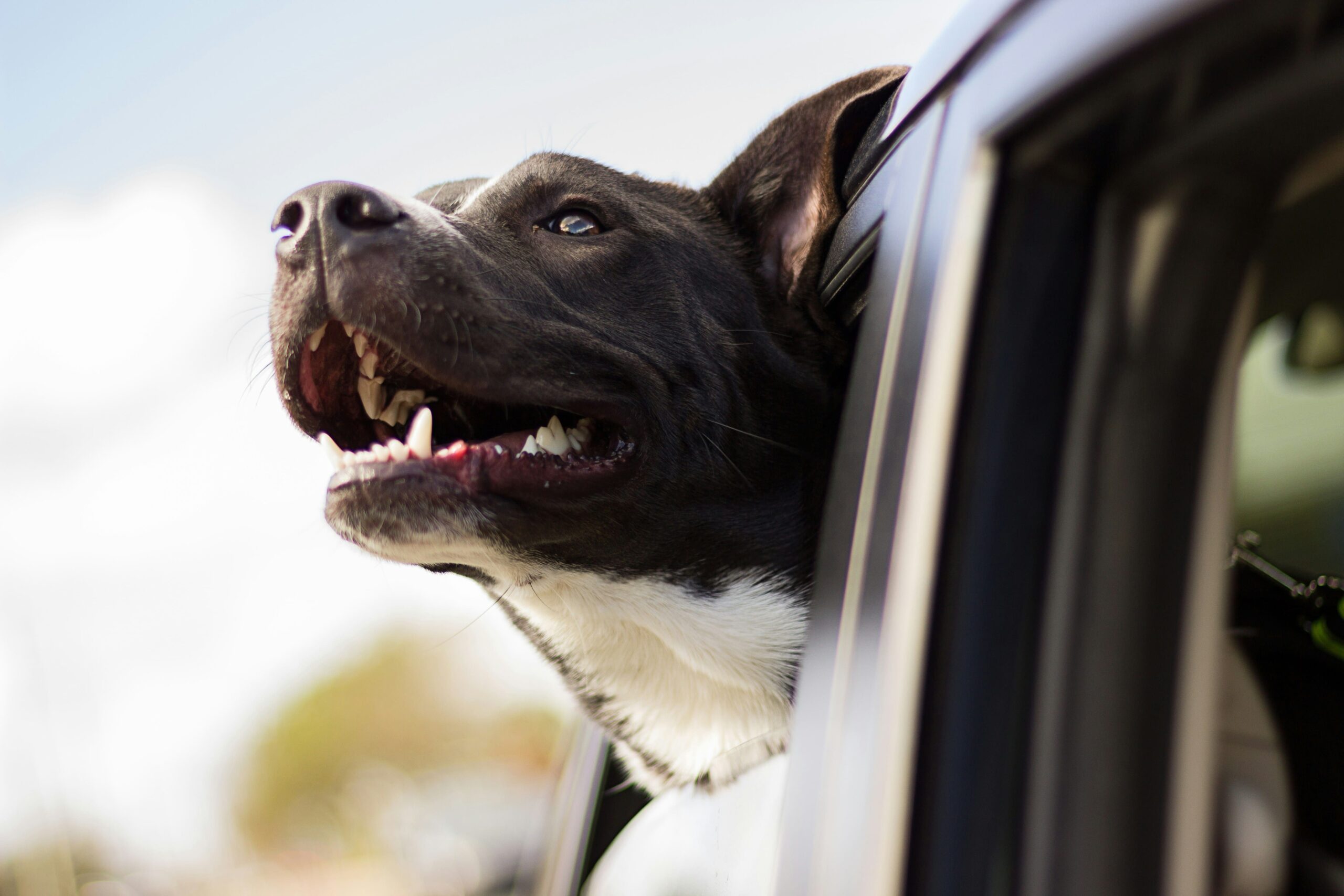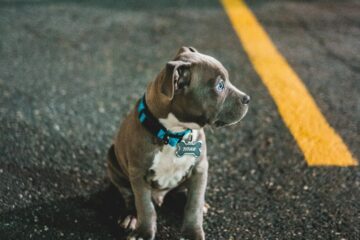Hey there, fellow dog enthusiast!
If you’ve ever found yourself in the midst of an enthusiastic doggy welcome, complete with airborne jumps and wagging tails, you know the struggle of wondering, How to Stop Dog Jumping on People.
But don’t worry, we’ve got your back!
In this guide, we’re diving into the wonderful world of curbing those overenthusiastic leaps with 12 super-friendly tips.
So, let’s delve into the world of canine behavior, explore the reasons behind the jumping impulse, and discover a dozen tried-and-true methods that can transform your dog’s jumping tendencies into well-mannered greetings.
Table of Contents
How to Stop Dog Jumping on People – 12 Tips

1] Positive Greetings
Encouraging calm greetings is pivotal in reinforcing positive behavior in your dog.
When your dog approaches someone without jumping, it’s crucial to express your approval through a combination of verbal praise, treats, or affectionate gestures.
This positive reinforcement creates a powerful association in your dog’s mind between well-mannered behavior and enjoyable rewards, establishing the groundwork for polite interactions with both familiar faces and strangers.
2] Consistent Commands
Establishing clear and consistent commands is essential to convey your expectations regarding jumping behavior.
Utilize phrases like “off” or “down” consistently during greetings to signal that jumping is unacceptable.
Dogs thrive on routine and clear communication, so maintaining consistency in your commands helps your dog comprehend the desired behavior, reinforcing the notion that keeping all four paws on the ground is the expected greeting etiquette.
Tip: “Consistency in commands helps your dog understand expectations during greetings.”
3] Ignore and Reward
Teaching your dog through the principle of attention is a powerful method.
Ignore jumping behavior completely and only provide attention when your dog keeps all four paws on the ground.
This technique communicates that jumping results in ignored interactions, while calm and polite behavior is met with affection, treats, or engaging playtime.
Over time, your dog learns to associate the positive rewards with appropriate greetings.
4] Training with Distractions
Simulating real-life scenarios during training is crucial for preparing your dog to handle various situations.
Introduce distractions gradually, enlisting friends or family members to act as visitors.
Increasing the complexity of distractions ensures that your dog can maintain polite behavior in diverse settings.
This training approach equips your dog with the skills to exhibit good manners irrespective of the environment or level of excitement.
• Simulate real-life scenarios in dog training for better preparedness • Gradually introduce distractions, using friends or family as visitors • Increase complexity to ensure polite behavior in diverse settings • Equips your dog with good manners regardless of environment or excitement
5] Leash Training
Incorporating leash training during greetings provides a physical means of controlling your dog’s excitement.
If your dog attempts to jump, use the leash to gently guide them back into a sitting position.
This not only prevents unwanted jumping but also reinforces the expectation of a calm approach.
Leash training serves as a tangible tool for guiding your dog’s behavior, promoting controlled and composed greetings.
6] Interactive Toys
Channeling your dog’s energy positively is an effective strategy to prevent excessive excitement during greetings.
Before guests arrive, engage your dog in play with interactive toys that challenge them mentally and physically.
A mentally stimulated and tired dog is less likely to express exuberance through jumping.
Providing an outlet for their energy through toys contributes to a more focused and composed demeanor during social interactions.
Tip: “Engage in play before greetings to keep your dog mentally and physically stimulated.”
7] Designated Greeting Area
Setting clear boundaries through a designated greeting area is a practical approach.
Teach your dog to approach this area calmly and wait for guests to enter.
Having a specific space for greetings establishes a visual cue for your dog, signaling where interactions are appropriate.
This tactic assists in managing your dog’s behavior and reinforces the idea of controlled and polite greetings.
8] Guest Participation
Involving visitors in your training efforts is instrumental in reinforcing consistent behavior.
Inform your guests about your training objectives and seek their cooperation.
Ask them to ignore jumping behavior and, when your dog exhibits polite greetings, to reward them with attention or treats.
Consistent reinforcement from both family members and visitors creates a unified approach, enhancing the effectiveness of your training regimen.
Tip: “Consistent reinforcement from both family and visitors enhances the training process.”
9] Regular Exercise
Ensuring your dog receives regular exercise is a foundational element in curbing excessive energy levels.
A well-exercised dog is more likely to remain calm during greetings. Incorporate daily walks, engaging play sessions, or other physical activities tailored to your dog’s breed and energy level.
Regular exercise not only contributes to physical well-being but also supports a more composed and balanced demeanor during social interactions.
10] Behavioral Classes
Seeking professional guidance through behavioral classes is a proactive step in addressing jumping behavior.
Certified trainers can provide personalized strategies, observe your dog’s specific tendencies, and offer hands-on training in a structured environment.
Behavioral classes not only focus on correcting unwanted behaviors but also promote positive socialization, contributing to a well-rounded and well-behaved canine companion.
Tip: “Certified trainers provide personalized strategies to address jumping behavior.”
11] Homecoming Routine
Establishing a calm homecoming routine is crucial in reinforcing polite behavior when you return.
Ignore your dog until they exhibit calm behavior with all four paws on the ground.
Consistently reinforcing this routine creates a positive association between calm behavior and the resumption of affection and attention.
Over time, your dog internalizes the notion that calm reunions lead to positive interactions, discouraging jumping during greetings.
12] Patience and Affection
Nurturing positive habits requires a combination of patience and affection.
Celebrate small victories in your dog’s progress, offering praise, treats, or affection when they exhibit polite greetings.
Maintaining a positive and patient demeanor fosters a strong bond between you and your dog, promoting a harmonious relationship based on mutual understanding and respect.
Consistency in your approach, coupled with an abundance of affection, forms the foundation for lasting positive habits in your canine companion.
Tip: “A positive and patient demeanor fosters a strong bond and encourages positive habits.”
How to Stop Dog Jumping on People: FAQs
How long does it take to stop dog jumping behavior?
The duration varies, but consistent training efforts can show positive results within a few weeks. Patience and repetition are key to ingraining polite greetings.
Can all dog breeds be trained to stop jumping?
Yes, all dog breeds can be trained to stop jumping with consistent and positive reinforcement training. The approach may vary based on the dog’s size and energy level.
Should I consult a professional if jumping behavior persists?
If jumping behavior persists despite your efforts, consulting a professional trainer can provide tailored solutions. A professional can assess your dog’s behavior and offer additional guidance.

Conclusion:
Putting an end to the habit of How to Stop Dog Jumping on People is a journey well worth taking.
With these 12 straightforward tips, you can create a more controlled and pleasant experience for everyone involved.
Remember, consistency is key, so be patient and celebrate those small victories as you guide your dog toward more polite and well-mannered interactions.
Here’s to a future filled with joyful greetings that don’t involve airborne doggy hugs!





